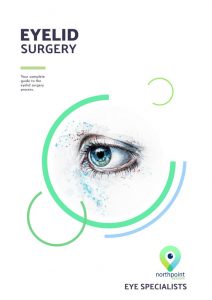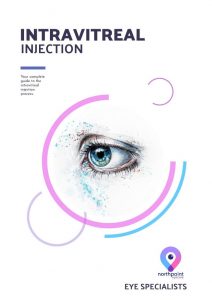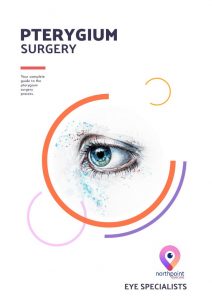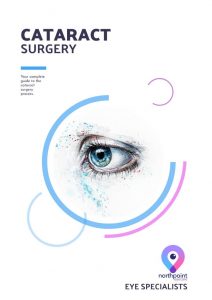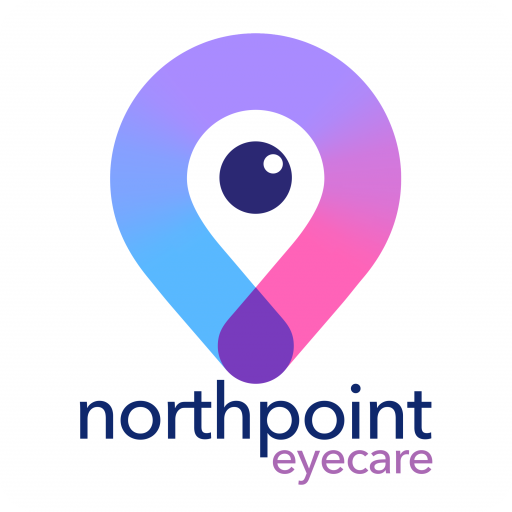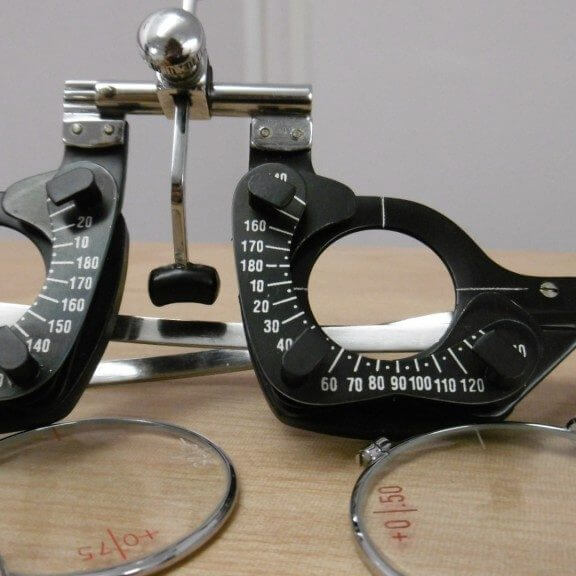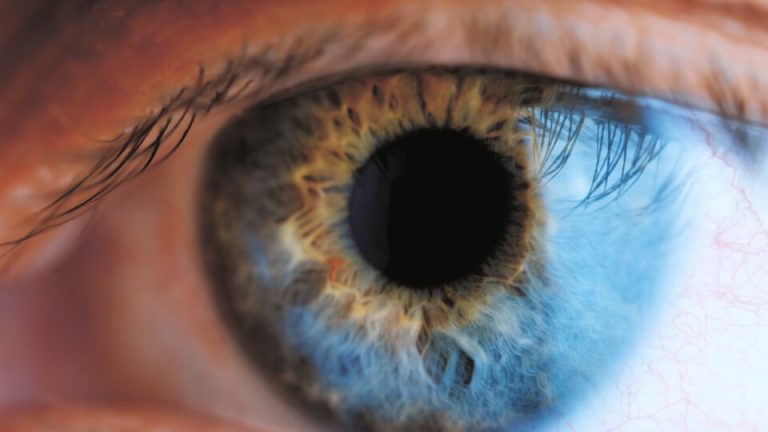Low vision aids
The following are some examples of vision aids used to help people with severe vision impairment.
Hand Magnifiers
Familiar to most people and are available in varying strengths. Reading material is not necessarily held as close to the face as with magnifying spectacles. Some models come with a built-in light.
Stand magnifiers
These rest directly on the reading material, keeping the lens at the proper distance from the page. Useful for patients with a tremor or arthritis.
Telescopes
These a useful for seeing objects or reading signs that are far away. They can be handheld like a pair of regular binoculars or mounted on a pair of eyeglasses.
Video magnifiers
Electronic devices that use a camera and television screen to enlarge printed material, pictures, or small objects. They are adjustable and can enhance the material by making the print appear darker.
Lighting and glare
• Good lighting and glare control are very important. Use a bright light when reading and adjust the light for the greatest visibility without glare.
• Stronger light bulbs in darkly lit areas make tasks like cooking, dressing, and stairs easier.
• Wearing a hat with a wide brim or tinted wraparound sunglasses can shield you from dazzling and annoying overhead lights or sunlight.
Magnifying Spectacles
Stronger than ordinary glasses. These can be used for near tasks, such as reading or threading a needle. The printed page or object must be held closer than usual to keep things in focus. One advantage is that your hands remain free to hold reading materials or perform tasks.
Other low-vision devices and techniques
- Electronic books, e-book readers and audio books
- Large-print books, newspapers, magazines, playing cards, and banking checks
- High-contrast and large number telephones, thermostats, watches, and remote controls; talking watches, timers, books, and medical devices
- Bold-tipped markers for easy-to-read shopping and phone number lists
- Computers or devices that can magnify (on screen or on paper) any printed material or picture, or that read aloud what is viewed on screen
- Sitting closer to the television (this will not damage your eyes)
E-BOOKS
